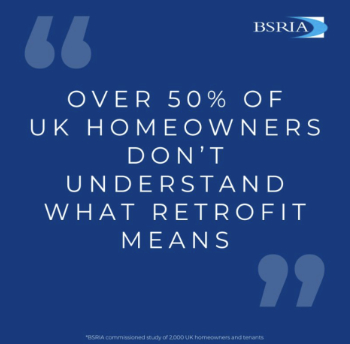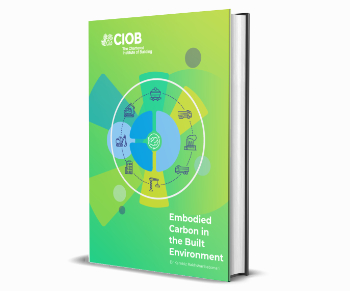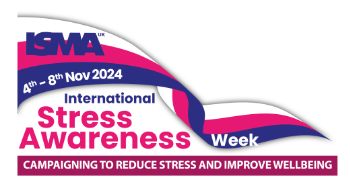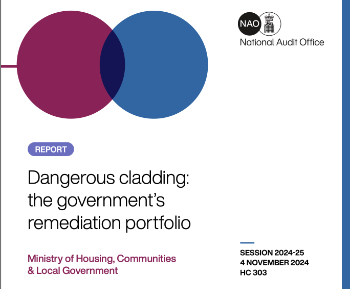COSHH
Many processes involve the use of substances that could cause harm. The Control of Substances Hazardous to Health Regulations 2002 (COSHH) require employers to prevent or reduce workers' exposure to substances including:
- Chemicals, and products containing chemicals.
- Fumes, gases, vapours and mists.
- Dusts.
- Nanotechnology
- Biological agents and germs.
It does not include lead, asbestos or radioactive substances, which are controlled by other legislation.
There are a wide range of situations where workers might be exposed to substances hazardous to health:
- Dusty or fume-laden air in welding, quarries or woodworking.
- Metalworking fluids.
- Flowers, bulbs, fruit and vegetables.
- Wet working such as catering and cleaning.
- Wet cement in construction.
- Benzene in crude oil.
- Using substances such as paint, ink, glue, lubricants, detergent and beauty products.
See HSE: Control of Substances Hazardous to Health Essentials guidance publications for guidance on different types of substances that might be encountered. This includes guidance on silica, welding and metalworking, plant and machinery and does in fact include guidance about asbestos.
Workers might be be exposed by:
- Inhalation.
- Ingestion.
- Contact with the skin.
- Contact with the eyes.
- Skin puncture.
Controlling hazardous substances involves:
- Identifying potential health hazards.
- Undertaking risk assessments to determine how to prevent harm. If an employer has five or more employees they must record risk assessments, but it is sensible to do this even if there are fewer than five employees.
- Providing control measures, ensuring that they are in good working order and that they are used.
- Providing, replacing and paying for personal protective equipment (PPE).
- Where appropriate, providing monitoring to show compliance with Workplace Exposure Limits (WELs) or Biological Monitoring Guidance Values (BMGV) or to show that control equipment or personal protective equipment is working properly.
- Where appropriate, providing health surveillance.
- Emergency planning.
- Providing information, instruction and training so that employees understand; what the hazards and risks are, if there is an exposure limit, the results of any monitoring of exposure or health surveillance and what to do if there is an accident or emergency.
In the first instance, preventative measures should be taken to; avoid the substance or process, substitute it with something safer, or use the substance in a safer form. If exposure cannot be prevented, then it must be controlled to ensure that the risk of harm is ‘as low as is reasonably practicable' (ALARP).
Where proposed work has a high risk, a ‘permit to work’ may be introduced to ensure that only authorised people carry out the work, within a specified time frame and in a specific way, which may be set out in a method statement.
[edit] Related articles on Designing Buildings Wiki
- CDM.
- Competent person.
- Construction dust.
- Construction health risks.
- Contaminated land.
- Deleterious materials.
- Design risk management.
- Designing to reduce the chemical, biological and radiological vulnerability of new buildings (IP 7/15).
- Disposal.
- Hazardous substances.
- Health and safety file.
- Health and safety.
- Health and Safety Executive.
- Injuries on construction sites.
- Mastic asphalt flooring.
- Method statement.
- Occupational health.
- Personal protective equipment.
- Planning (Hazardous Substances) Act 1990.
- Pollution.
- Pre-construction information.
- Principal contractor.
- Registration, evaluation, authorisation and restriction of chemicals REACH.
- Reporting accidents and injuries on construction sites.
- Risk assessment.
- Site waste management plan.
- Volatile organic compounds.
- Workplace exposure limits.
- Work at height regulations.
[edit] External references
- The Control of Substances Hazardous to Health Regulations Legislation.
- HSE: COSHH.
- HSE: Control of Substances Hazardous to Health Essentials guidance publications.
- European Regulation (EC) No 1272/2008 on classification, labelling and packaging of substances and mixtures (CLP Regulations).
- Registration, Evaluation, Authorisation & Restriction of Chemicals (REACH)
Featured articles and news
Delivering radical reform in the UK energy market
What are the benefits, barriers and underlying principles.
Information Management Initiative IMI
Building sector-transforming capabilities in emerging technologies.
Recent study of UK households reveals chilling home truths
Poor insulation, EPC knowledge and lack of understanding as to what retrofit might offer.
Embodied Carbon in the Built Environment
Overview, regulations, detail calculations and much more.
Why the construction sector must embrace workplace mental health support
Let’s talk; more importantly now, than ever.
Refurbishment for net zero; the BSRIA white paper
The everyday practice of tackling energy efficiency, fabric first, ventilation, air quality, and occupant wellbeing.
Sustainable construction design teams survey
Shaping the Future of Sustainable Design: Your Voice Matters.
Ensuring the trustworthiness of AI systems
A key growth area, including impacts for construction.
Foundations for the Future: A new model for social housing
To create a social housing pipeline, that reduces the need for continuous government funding.
Mutual Investment Models or MIMs
PPP or PFI, enhanced for public interest by the Welsh Government.
Stress Awareness Week ends but employer legal duties continue.
A call to follow the five Rs for the business and for the staff.
Key points and relevance to construction of meeting, due to reconvene.
Cladding remediation programmes, transparency and target date.
National Audit Office issue report on cladding remediation.
HBPT and BEAMS Jubilees. Book review.
Does the first Labour budget deliver for the built environment?
What does the UK Budget mean for electrical contractors?
Mixed response as business pays, are there silver linings?























Comments